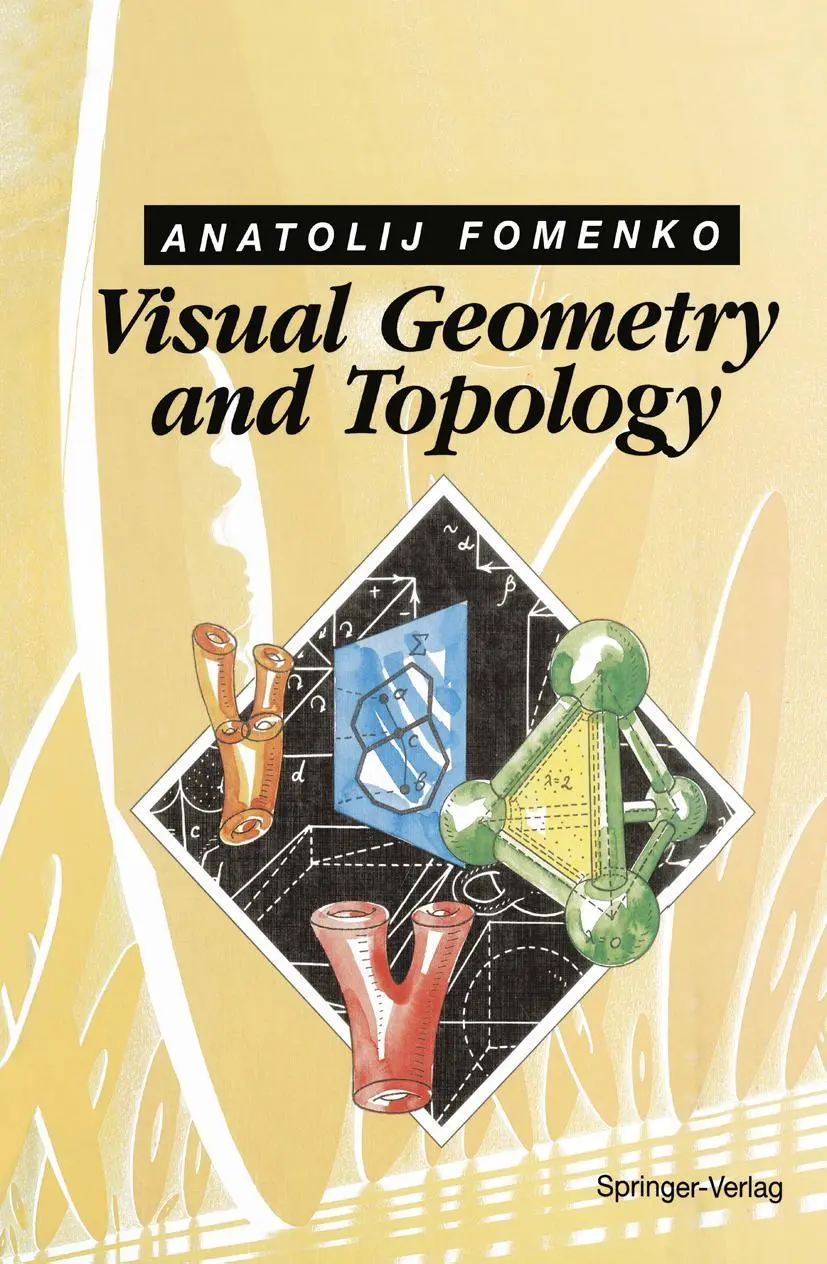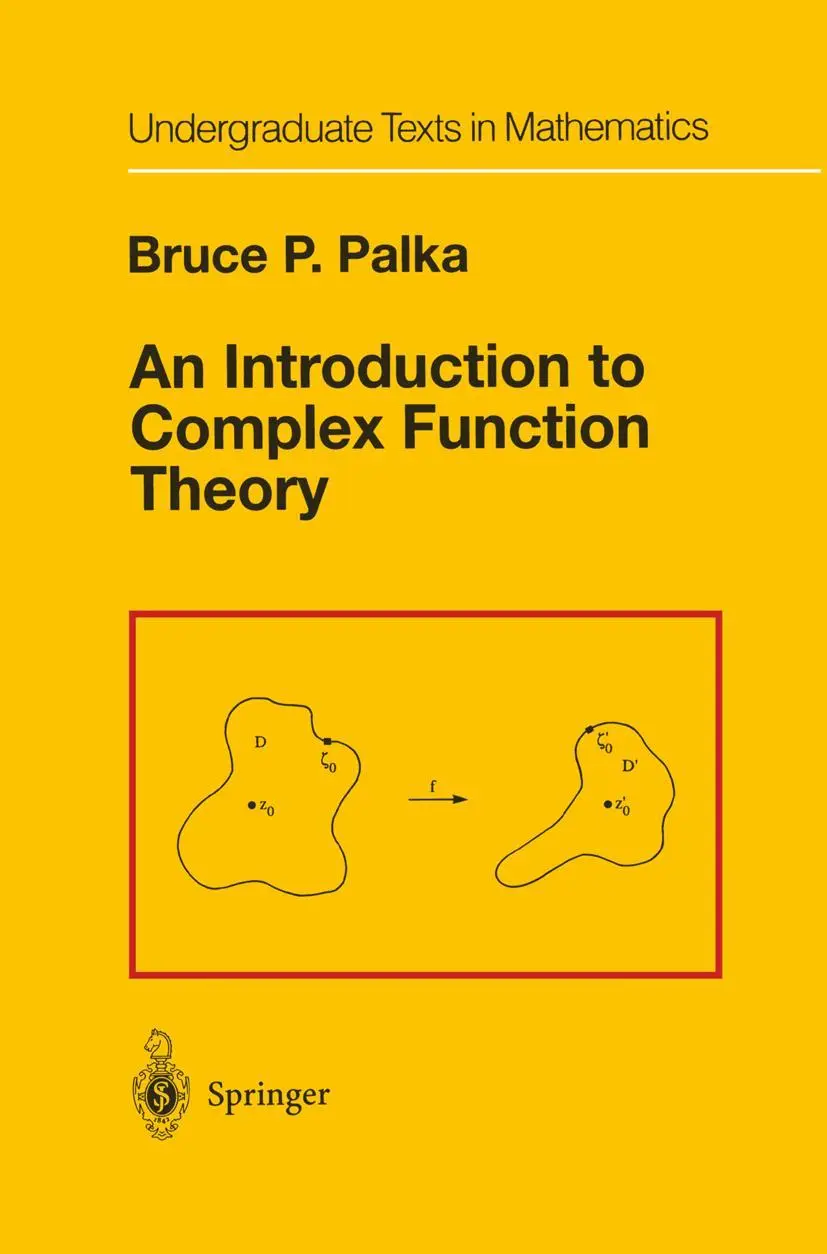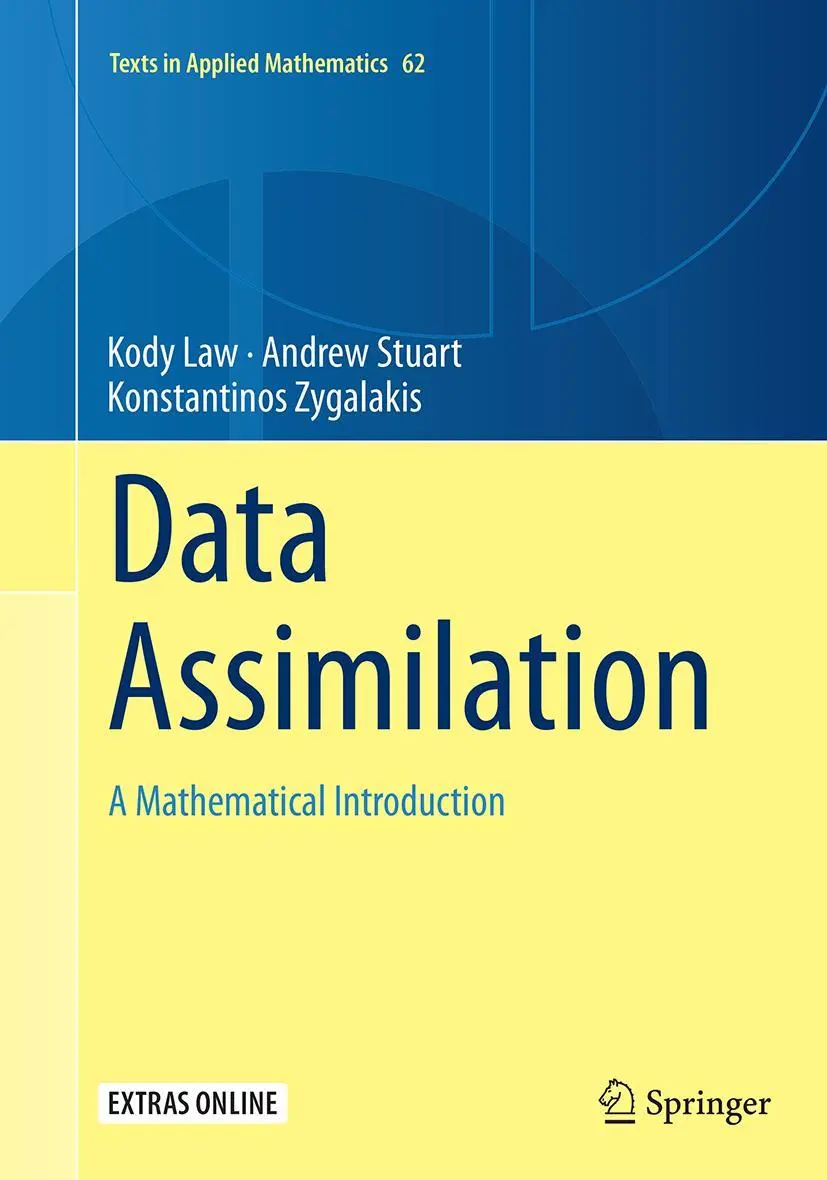Dekorationsartikel gehören nicht zum Leistungsumfang.
Sprache:
Englisch
126,95 €
UVP 149,79 €
Versandkostenfrei per Post / DHL
Lieferzeit 2-4 Werktage
Kategorien:
Beschreibung
This book is meant to teach the reader about visualizing mathematics. Fomenko has provided numerous line drawings and artfully crafted pictures to illustrate the fundamental ideas of modern topology and geometry. The author has put his emphasis on understanding the concepts rather than on formal proofs.
This book is meant to teach the reader about visualizing mathematics. Fomenko has provided numerous line drawings and artfully crafted pictures to illustrate the fundamental ideas of modern topology and geometry. The author has put his emphasis on understanding the concepts rather than on formal proofs.
Zusammenfassung
This book is meant to teach the reader about visualizing mathematics. Fomenko has provided numerous line drawings and artfully crafted pictures to illustrate the fundamental ideas of modern topology and geometry. The author has put his emphasis on understanding the concepts rather than on formal proofs.
Inhaltsverzeichnis
1 Polyhedra. Simplicial Complexes. Homologies.- 1.1 Polyhedra.- 1.2 Simplicial Homology Groups of Simplicial Complexes (Polyhedra).- 1.3 General Properties of Simplicial Homology Groups.- 2 Low-Dimensional Manifolds.- 2.1 Basic Concepts of Differential Geometry.- 2.2 Visual Properties of One-Dimensional Manifolds.- 2.3 Visual Properties of Two-Dimensional Manifolds.- 2.4 Cohomology Groups and Differential Forms.- 2.5 Visual Properties of Three-Dimensional Manifolds.- 3 Visual Symplectic Topology and Visual Hamiltonian Mechanics.- 3.1 Some Concepts of Hamiltonian Geometry.- 3.2 Qualitative Questions of Geometric Integration of Some Differential Equations. Classification of Typical Surgeries of Liouville Tori of Integrable Systems with Bott Integrals.- 3.3 Three-Dimensional Manifolds and Visual Geometry of Isoenergy Surfaces of Integrable Systems.- 4 Visual Images in Some Other Fields of Geometry and Its Applications.- 4.1 Visual Geometry of Soap Films. Minimal Surfaces.- 4.2 Fractal Geometry and Homeomorphisms.- 4.3 Visual Computer Geometry in the Number Theory.- Appendix 1 Visual Geometry of Some Natural and Nonholonomic Systems.- 1.1 On Projection of Liouville Tori in Systems with Separation of Variables.- 1.2 What Are Nonholonomic Constraints?.- 1.3 The Variety of Manifolds in the Suslov Problem.- Appendix 2 Visual Hyperbolic Geometry.- 2.1 Discrete Groups and Their Fundamental Region.- 2.2 Discrete Groups Generated by Reflections in the Plane.- 2.3 The Gram Matrix and the Coxeter Scheme.- 2.4 Reflection-Generated Discrete Groups in Space.- 2.5 A Model of the Lobachevskian Plane.- 2.6 Convex Polygons on the Lobachevskian Plane.- 2.7 Coxeter Polygons on the Lobachevskian Plane.- 2.8 Coxeter Polyhedra in the Lobachevskian Space.- 2.9 Discrete Groups of Motions of Lobachevskian Space and Groups of Integer-Valued Automorphisms of Hyperbolic Quadratic Forms.- 2.10 Reflection-Generated Discrete Groups in High-Dimensional Lobachevskian Spaces.- References.
Details
| Erscheinungsjahr: | 2011 |
|---|---|
| Fachbereich: | Geometrie |
| Genre: | Mathematik, Medizin, Naturwissenschaften, Technik |
| Rubrik: | Naturwissenschaften & Technik |
| Medium: | Taschenbuch |
| Inhalt: |
xvi
324 S. 51 s/w Illustr. 324 p. 51 illus. |
| ISBN-13: | 9783642762376 |
| ISBN-10: | 3642762379 |
| Sprache: | Englisch |
| Einband: | Kartoniert / Broschiert |
| Autor: | Fomenko, Anatolij T. |
| Übersetzung: | Tsaplina, M. V. |
| Hersteller: |
Springer
Springer-Verlag GmbH |
| Verantwortliche Person für die EU: | Springer Verlag GmbH, Tiergartenstr. 17, D-69121 Heidelberg, juergen.hartmann@springer.com |
| Maße: | 235 x 155 x 19 mm |
| Von/Mit: | Anatolij T. Fomenko |
| Erscheinungsdatum: | 21.12.2011 |
| Gewicht: | 0,522 kg |














